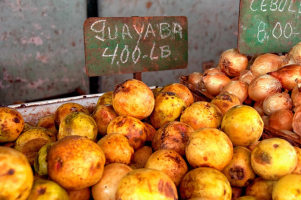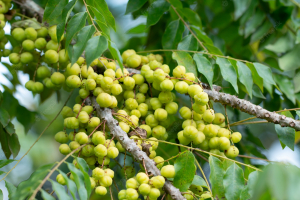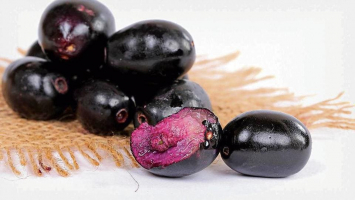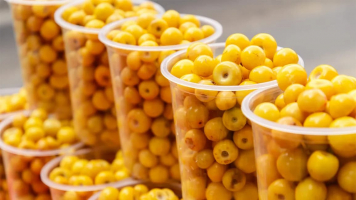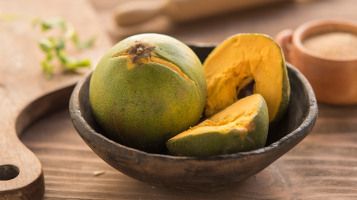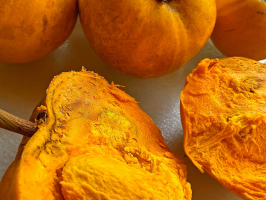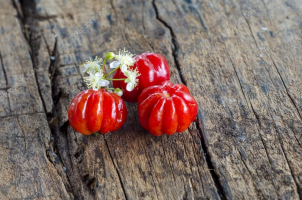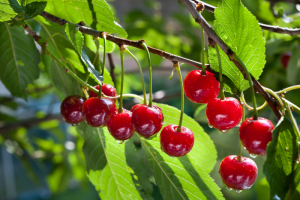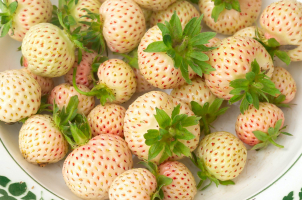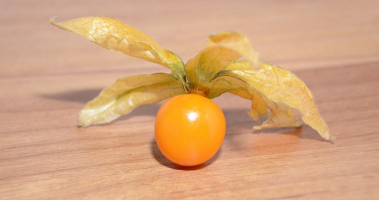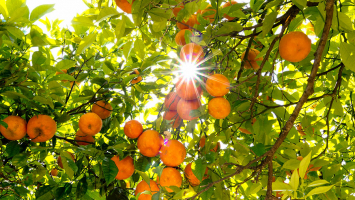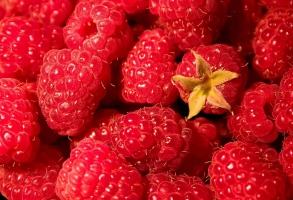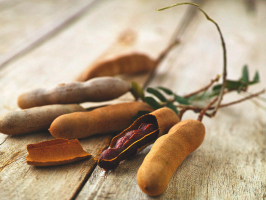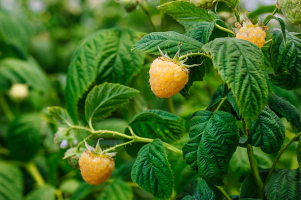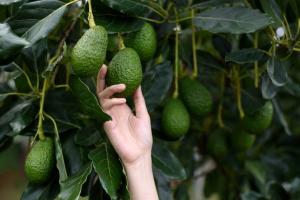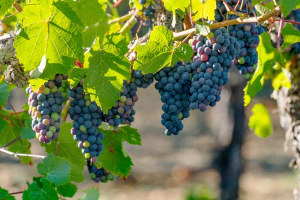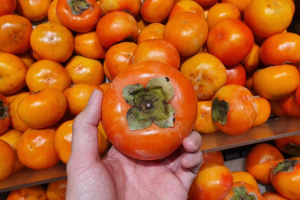Top 5 Most Delicious Filipino Fruits
There are many things to love about the Philippines. This archipelago in Southeast Asia is home to some of the best beaches and most beautiful islands in the ... read more...world. It’s also home to an amazing array of tropical fruits, some of which you’ve probably never heard of. Below are the most delicious Filipino fruits, let's find out!
-
Santol fruit is one of two edible fruits found in the Meliaceae, or Mahogany family, and is botanically known as Sandoricum koetjape. The plump fruits, which are widely grown throughout Southeast Asia's tropical lowlands and are offered in fresh markets as a raw snack, are recognized for their sweet and sour flavor. There are two primary sorts of Santol fruits, which are typically classified as yellow or red variants, and one Santol tree can yield over 20,000 fruits in a single year. The two types of red santol fruit cultivars are thought to be more common in local markets, and in addition to the fruits, the trees are prized for their decorative, practical, and therapeutic qualities.
Santol fruits range in shape from round to oval and are 4 to 7 centimeters in diameter on average. The skin is leathery, wrinkled, a little fuzzy, and ripens from green to golden yellow. It may also occasionally have a crimson blush on it. Santol fruits also contain three to five unpalatable seeds inside a translucent to white flesh. The pulp is juicy, slick, and soft, and has a consistency similar to cotton. Depending on type and maturity, santol fruits can have a flavor that ranges from sour to extremely sweet. While the sour types of Santol fruits may leave a strong umami residue on the palate, the sweetest varieties have a candy-like flavor with subtle hints of peach and apple.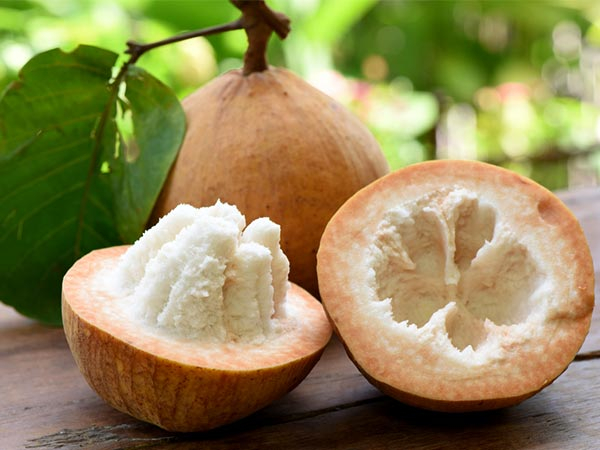
Boldsky.com 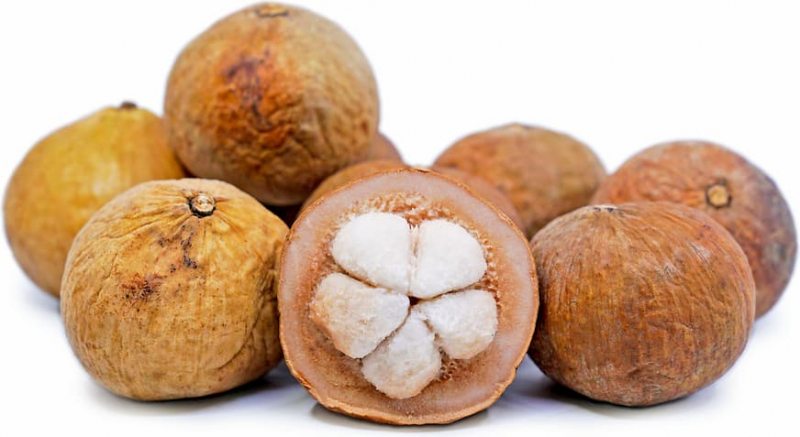
IngenioVirtual -
The aromatic melon family Cucurbitaceae includes cantaloupes, which are a member of the Cucumis genus botanically. There are many different cultivars that can be found within each of these melon groups, and each one does well in a variety of climatic, soil, and growth circumstances. Cantaloupes are sweet, fragrant melons with dense flesh that are popular for eating fresh. In the Philippines, melon is typically eaten fresh or shredded into a refreshing drink with water, sugar, milk, and ice. Like fresh coconut juice, it’s a popular roadside drink served in plastic bags with a straw.
Cantaloupes are small to medium-sized melons with a round to oblong shapes and blunt, curved edges. They typically range in size from 1 to 11 pounds and 15 to 25 cm in length. The flesh is primarily orange, but there is a thin green ring just below the rind. Additionally, there is a central cavity that contains fibers and ivory, oval seeds that are coated lightly in a gelatinous liquid. When cantaloupes are mature, they have a honeyed, musky, and fragrant aroma, feel heavy for their size, and gently yield when pressed at the blossom end. The melon's flesh, which is often eaten as fresh fruit, has a distinctive flavor that is sweet, flowery, and fruity. The edible seeds are also frequently salted and roasted as a delicious, nutty snack.
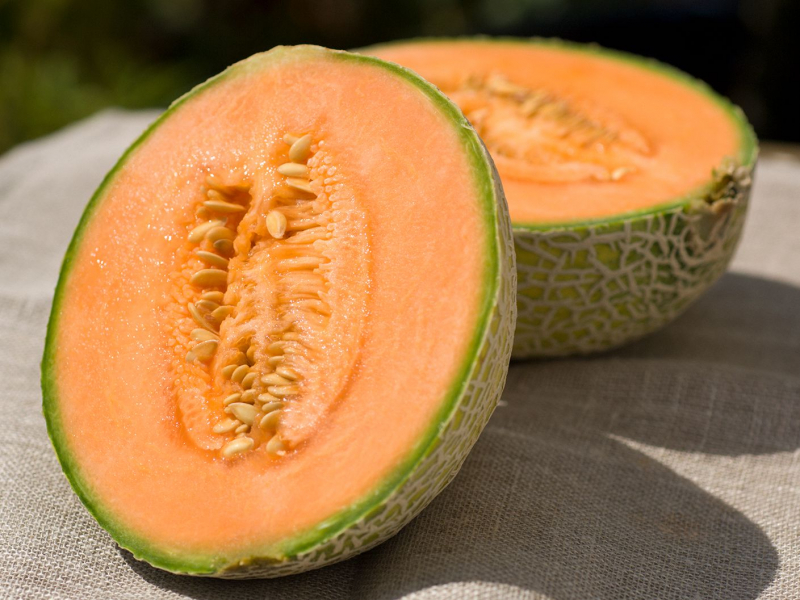
Delishably 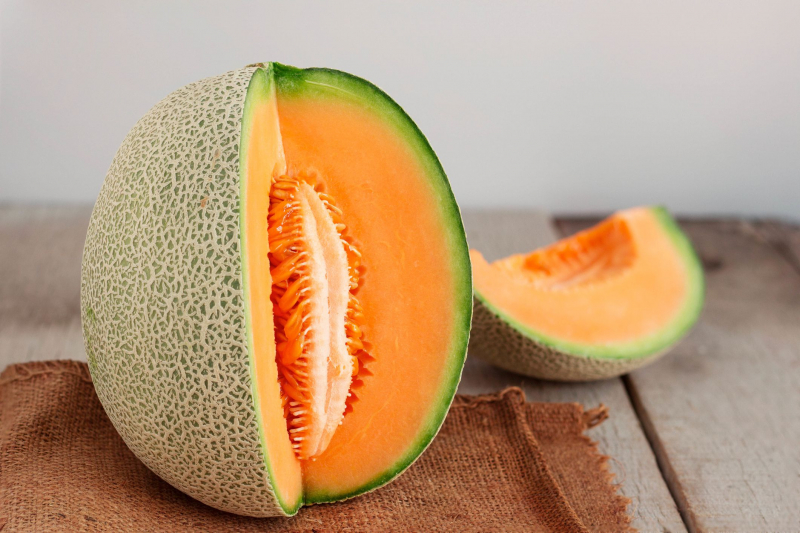
iStock -
In the United States, the diminutive Calamondin orange was first introduced as an "acid orange" at the turn of the 20th century. Since it takes this tart orange more than a year to ripen, it should be picked when it is either halfway ripe or just beginning to change color. As a miniature citrus variety, calamondin orange trees are frequently planted in pots for decorative purposes. Calamondin oranges are classed as Citrus madurensis and Citrus mitis, respectively, in terms of their botanical identity.
The little Calamondin orange has a skin that is bright orange and has a small green notch at the top, which is a harvest byproduct. The Calamondin orange, which was first grown in China, is about the size of a quarter and rarely grows more than one inch in diameter. The flesh is exceptionally juicy and the rind is thin and simple to peel off. Calamondin oranges are little, but they pack a powerful flavor that is particularly sour and tart. Like saging na saba, calamondin or calamansi is one of the most important fruits in Filipino cooking. Many Filipino recipes are made even more delicious by this small sour fruit often referred to as the Philippine lemon.
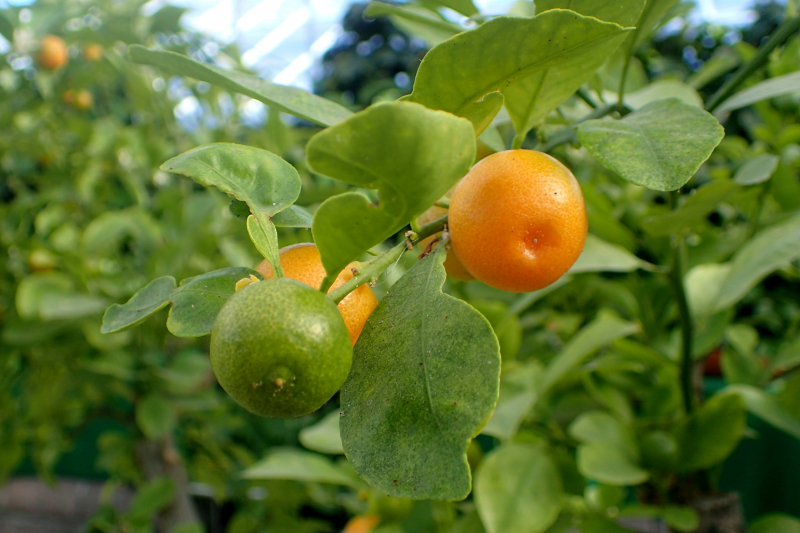
Wikipedia 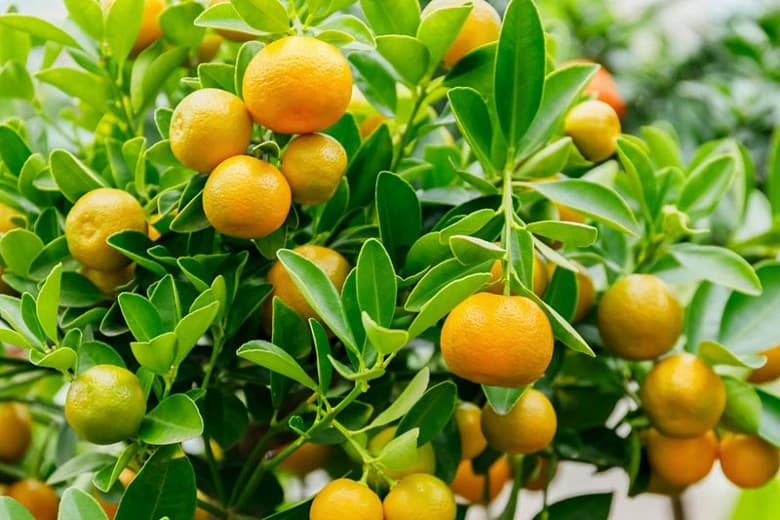
Gardenia.net -
Durian may not be as well-known in the Philippines as it is in other Southeast Asian nations, but if you go to the correct area, it is still well tried. Though durian may be found in abundance throughout the Philippines, Davao, in Mindanao, is where the greatest types are grown. Numerous recognized and unnamed Duruit varieties exist, each with unique flavor profiles and aesthetic appeal; nevertheless, only a few numbers are grown for sale. Monthong, which means "Golden Pillow" in Thai, is one of the most popular varieties exported. This popular sweet and creamy cultivar is farmed for export to nations like the United States, where it is most frequently found frozen.
The smell of the durian fruit is well known and has been compared to that of Limburger cheese, decaying onions, and even gasoline. The reddish-brown seeds can be consumed if cooked, and the rich, smooth, custard-like flesh can be eaten at various stages of ripeness. The pulp has a blend of sweet and savory flavors, with notes of vanilla, banana, butterscotch, or milk chocolate, as well as more savory ones like cream cheese, caramelized onions, or even a bitter, egg-like flavor. Given the fruit's naturally high sugar and fat content, both the look and taste of durian are compared to a natural crème brûlée.
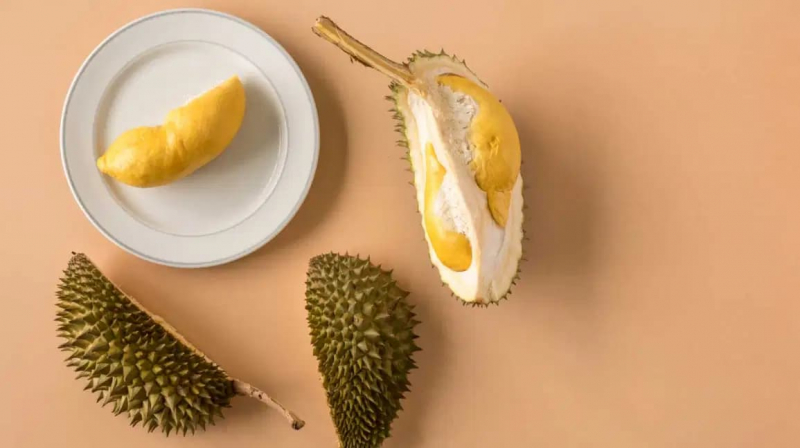
iStock 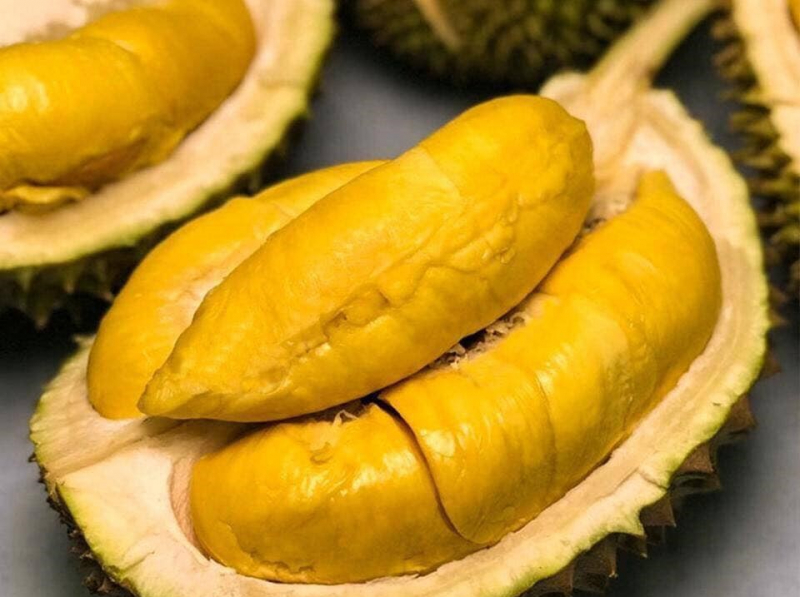
Live Science -
Lansium parasiticum, commonly known as langsat or Longkong in English; duku in Indonesian or dokong in Terengganu Malay, is a species of tree in the Mahogany family with commercially cultivated edible fruits. It is one of my favorite Filipino fruits. Langsat is a nutritionally rich fruit containing many vital elements like proteins, carbohydrates, minerals, vitamins, and dietary fiber in abundance. It is rich in vitamin A, thiamine, and riboflavin, which are necessary for many body functions.
A shrub called langsat produces tiny delicious fruits. These fruits resemble potatoes from the outside, yet they have white flesh inside that contains bitter, inedible seeds. These fruits taste a lot like grapes and have an acidic, sour, and sweet flavor combination. Some people compare its flavor to that of a pomelo. The sweetness of lanzones fruit can vary greatly depending on where it’s from. Average or not fully ripe langsat will be sour and sweet but the best langsat, from Camiguin Island, will have a nectar-like sweetness that’s unlike any other lanzones in the Philippines. Camiguin lanzones are so famous that they have their own festival celebrated on the third weekend of October every year.
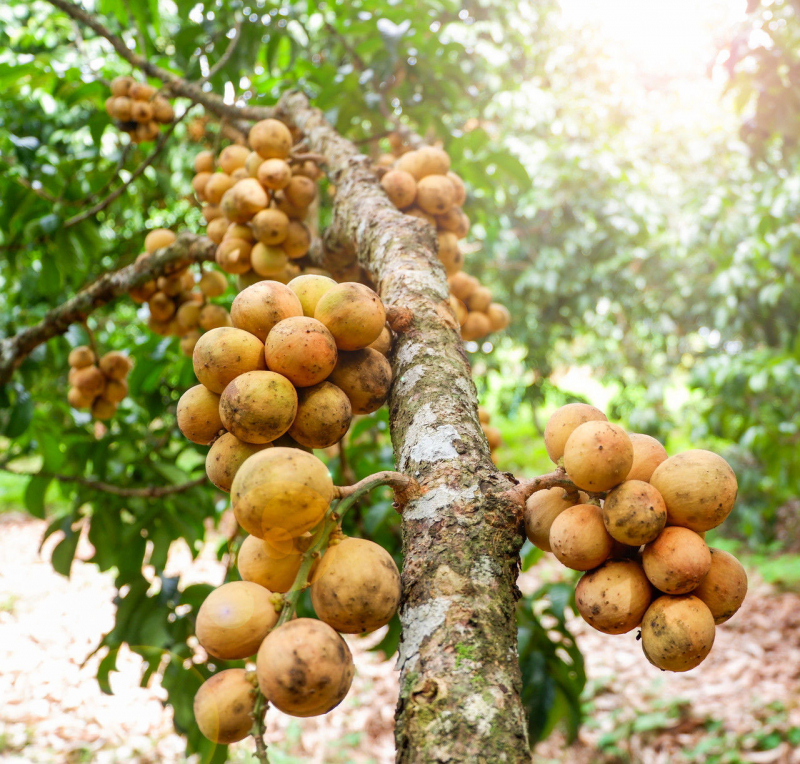
M-Tech Gardens 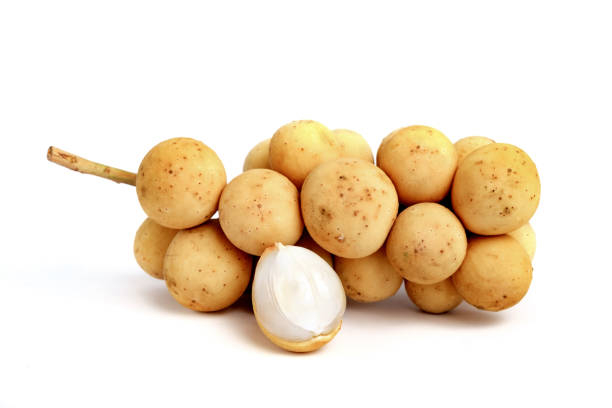
iStock







